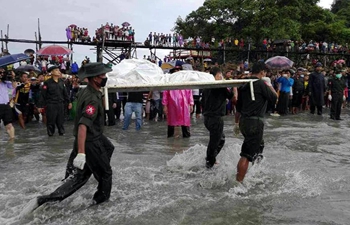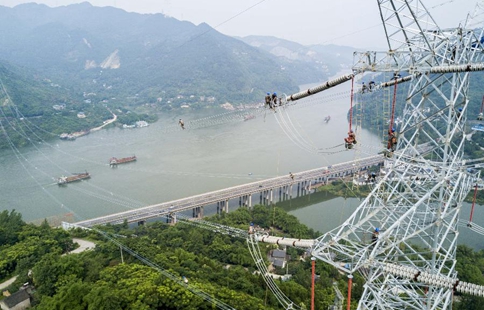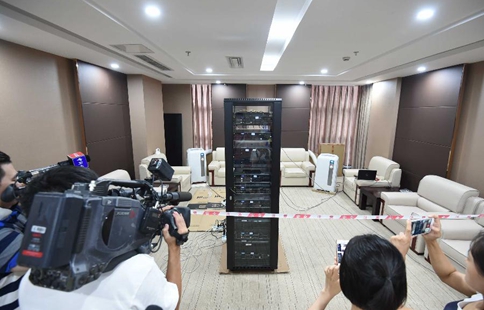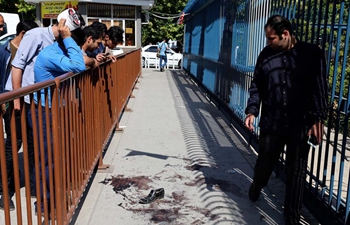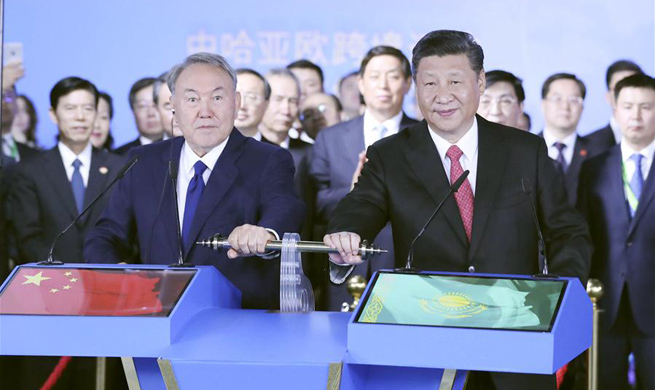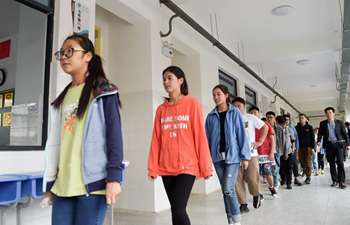SAN FRANCISCO, June 8 (Xinhua) -- A new study by University of Washington (UW) transportation engineers indicates that delivering packages with drones can reduce carbon dioxide emissions in certain circumstances as compared to truck deliveries.
A paper published in the July issue of Transportation Research Part D suggests that drones tend to have carbon dioxide emissions advantages over trucks when the drones don't have to fly very far to their destinations or when a delivery route has few recipients, and they compete especially well for small, light packages, such as a bottle of medicine or a kid's bathing suit.
However, the carbon benefits erode as the weight of a package increases, since unmanned aerial vehicles have to use additional energy to stay aloft with a heavy load.
"Flight is so much more energy-intensive -- getting yourself airborne takes a huge amount of effort. So I initially thought there was no way drones could compete with trucks on carbon dioxide emissions," Anne Goodchild, a UW associate professor of civil and environmental engineering, was quoted as saying in a news release. "In the end, I was amazed at how energy-efficient drones are in some contexts."
The study compares carbon dioxide emissions and vehicle miles traveled from drone and truck deliveries in 10 different, real-world scenarios in Los Angeles, Southern California. The researchers relied on models for estimating truck data that were previously used in comparing the environmental footprint of grocery delivery services to personal shopping trips. They assumed that drones could carry only one package at a time and would return to a depot after each delivery, requiring far more back-and-forth and vehicle miles traveled than for an equivalent truck route.
Goodchild noted that it's unlikely that drones will be used for all delivery applications but that there are some contexts in which they appear to make sense, such as shorter trips in less densely developed communities, or in controlled places like a military base or campus.
"Given what we found, probably the most realistic scenario is for drones doing the last leg of the delivery," she said about the possibility of a hybrid system, in which a truck hauls an entire load of packages to a centralized location, and then a fleet of drones fans out in opposite directions to reach individual homes or businesses.




